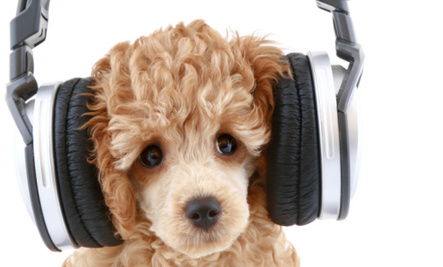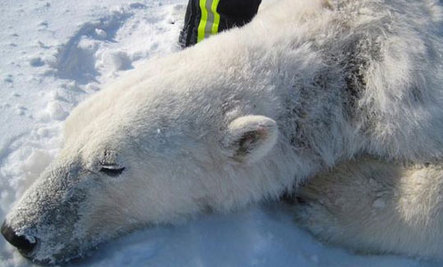Before we explore if noise pollution affects our animal companions, let’s see how it affects us.
We are surrounded by an environment of sound everyday. But when sound becomes noise and it escalates to levels well above what is healthy for our ears or our well being, it becomes noise pollution. We take in sound through our ears, where it is then changed into electro-chemical impulses that are sent to the brain. Interestingly, we also perceive it through our skin.
Sound is measured in decibels (dB). To understand this measurement, let us take the simple conversation between two people into account. According to Noise Pollution Facts: A Dummy’s Guide, if they are talking in relaxed tones, the sound is close to 60 decibels; if they whisper, the sound measures barely 30dB. If, however, the people start shouting at each other, the decibel level increases a magnitude of 100 times, up to 80 dB.
What about our beloved animal companions? They have become part of our families. We try and provide them with love and balanced lives, which would include educating ourselves in how human made sounds affect them.
Humans hear up to 20 kHz. Dogs hear 125% higher than that, up to 45 kHz. And cats hear up to 64 kHz, that is 42% higher than dogs and 220% higher than humans. It should not be any surprise that cats get easily agitated when they hear people fighting, and dogs bark when trains screech, or they shake and show other anxiety signs during the roars of motorcycle sounds. The sounds of garbage trucks and the beeping of trucks backing up have been known to send dogs into a state of panic. Dogs are always trying to figure out what is safe in their environment. When they cannot orient where a sound is coming from and if it is safe, an imbalance can occur in their nervous system.
While most of us do not have the luxury of living in a quiet rural environment, there are many things we can do to improve our sonic environments for ourselves and our animal companions.
For starters, commence by taking a sonic inventory. Sit quietly for 30 minutes in your home and note all of the sounds you hear. It will help raise your awareness of all the sounds you take for granted and may even no longer notice. What is buzzing, beeping, and ringing? Are you able to lower the volume on those machines and appliances? Can your companions be in a separate room when loud machinery is turned on? Do you have two sound sources blasting at the same time in your home ~ perhaps a radio is playing in one room while a television blares in another? Definitely turn at least one off.





